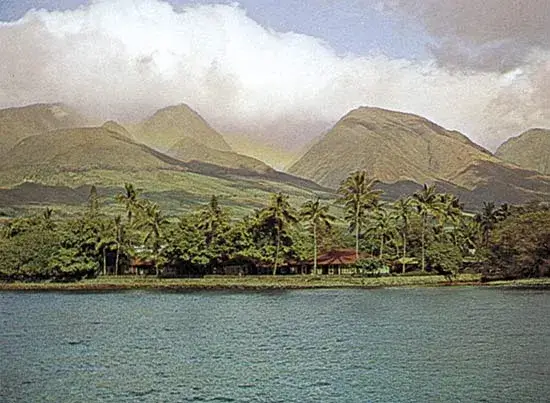The goal of the multi-year project, He Aupuni Palapala,is to digitize Hawaiian language newspapers, in all repositories, for free online access.
With support from the Hawaiʻi Tourism Authority and with contributions from Kamehameha Schools, Bishop Museum and Awaiaulu have partnered to launch a collaborative, multiyear project, He Aupuni Palapala: Preserving and Digitizing the Hawaiian Language Newspapers, to newly digitize Hawaiian language newspapers in Hawaiʻi repositories for free online access.
Download
“As the largest repository of nūpepa ʻōlelo Hawaiʻi (Hawaiian language newspapers), Bishop Museum understands we are at a critical moment to preserve the vast knowledge of generations of Hawaiians that is collected in fragile newsprint,” said He Aupuni Palapala project manager, Kauʻi Sai-Dudoit. Sai-Dudoit is also the programs director of Awaiaulu, a non-profit organization dedicated to developing resources and resource people that can bridge Hawaiian knowledge from the past to the present, and into the future.
Images of newspapers currently available online were largely digitized in the early 2000s from microfilm images taken nearly 40 years ago. “What we have are digital images that are two or three generations removed from the original printed source, that were captured with technology now considered obsolete,” said Sai-Dudoit. “They are often not clear, and are sometimes illegible. Many were photographed in their bindings, since compiling a years’ worth of newspaper issues between covers was a way of organizing and protecting the fragile paper. An unfortunate effect is that portions of the text were sometimes hidden in a tight binding or in shadow, outside of the camera view.”
Under the guidance of a preservation specialist, tightly bound volumes will be unbound for new digital imaging and long-term preservation. The project will also make widely available for the first time, the numerous single issues and bound volumes that have been uncovered since the time of the early newspaper microfilm project.
He Aupuni Palapala aims to create new, high-quality scans of newspaper pages available from all known collections in Hawaiʻi. This requires a collaboration between Hawaiʻi libraries and archives for the initial stage of inventorying the holdings to determine the best available source materials, and a comprehensive plan for digitizing the images.
With four decades of technological advances made, and with attention to the unique challenges of preserving newsprint, He Aupuni Palapala will create an entirely new image repository leading to a greater understanding of Hawaiʻi.
The project goals recall Kauikeaouli, Kamehameha III’s proclamation to his people in 1825, upon his accession to the throne: “He aupuni palapala koʻu” (Mine is a kingdom of literacy). “Nūpepa were integral to his vision, providing an outlet for all Hawaiians to share information from one end of the archipelago to the other and from one generation to the next through the printed word, illustrations, and beginning in the 20th century, photography,” said Sai-Dudoit. When the project is completed, Hawaiʻi’s largest body of knowledge and firsthand experience from the 19th and 20th centuries will be preserved for current and future generations. “He Aupuni Palapala is a significant project with implications for the history, culture, and language of the islands and its people,” said Melanie Ide, president and CEO of Bishop Museum. “In the mid-19th century, Hawaiʻi was the most literate nation in the world.
This amazing accomplishment occurred within less than 15 years of the Calvinist missionaries introducing a written language and printing press to the islands. Evidence of a high level of literary proficiency can be found in over 100 different newspapers published from 1834 to 1948. The newspapers encompass more than 100,000 pages of text, capturing practically every aspect of Hawaiian life, culture, literature, environment, and history,” said Ide. “Not only were these Hawaiian language repositories safekeeping ‘ike Hawaiʻi (Hawaiian knowledge) for future generations, but they were also capturing how Hawaiians were engaging and interacting with the larger world around them. There is an urgent need to raise awareness of the importance of Hawaiian language newspapers as a primary resource that should be used in all curriculum-building, research, and knowledge–gathering.”



